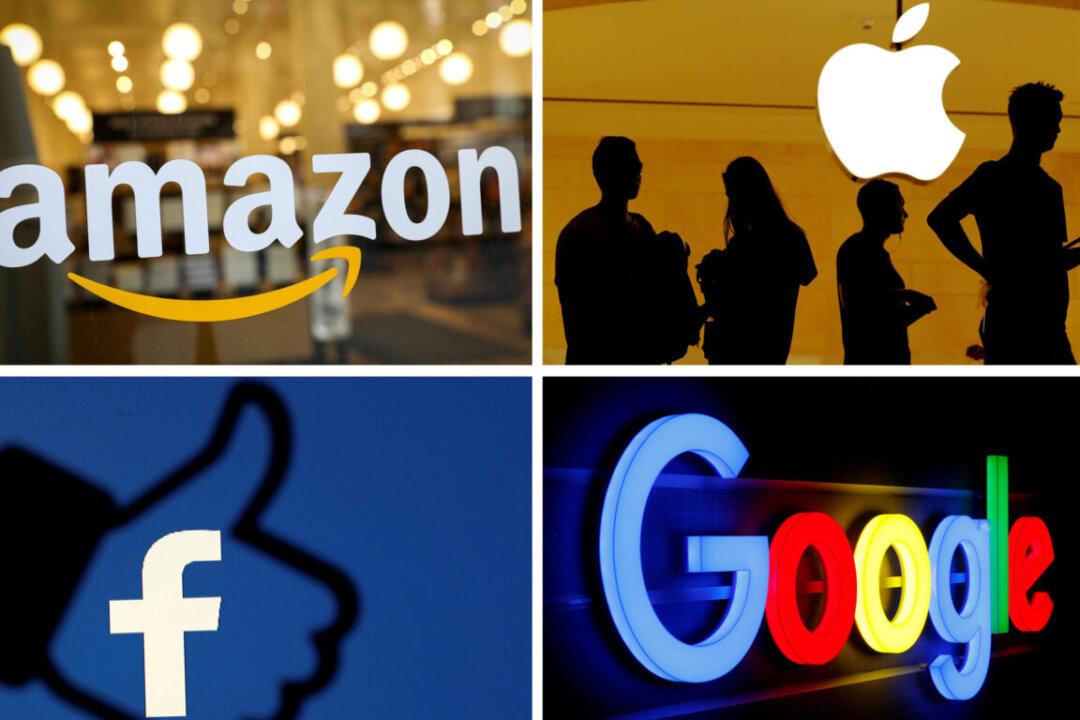Commentary
There’s a disturbing trend in research these days in which so-called computer scientists inject their personal beliefs into their research. They do that by “correcting” the math to reach the result they want.

There’s a disturbing trend in research these days in which so-called computer scientists inject their personal beliefs into their research. They do that by “correcting” the math to reach the result they want.